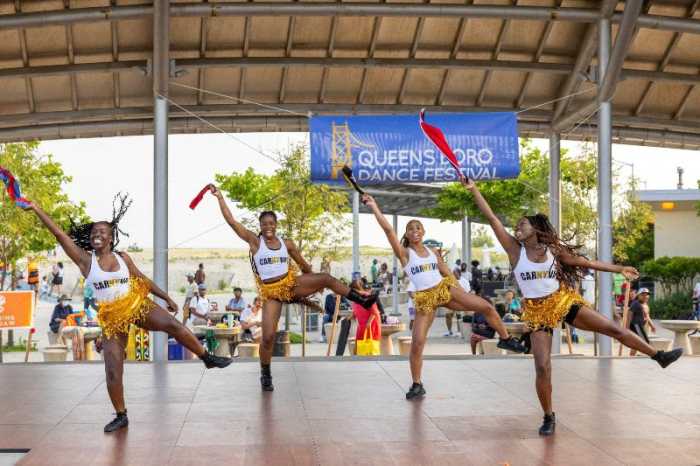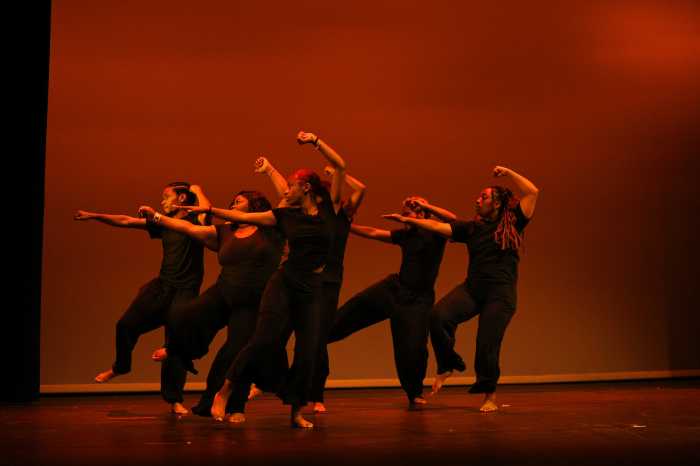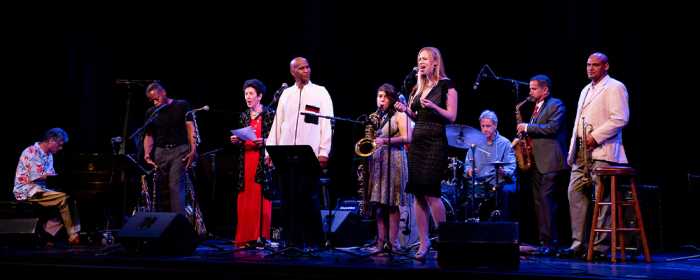(AP) You know wine and food pairings. But how do you feel about wine and mood pairings?
That’s the approach being taken by a new line of wines-“Be.”- from Treasury Wine Estates that are aimed at an emerging segment of the market: millennial women.
With marketing pitches like “Be Radiant” and “Be Bright,” and descriptors like “Fresh Chardonnay” and “Flirty Pink Moscato,” there’s no mistaking these wines for more staid, chateau-studded labels.
“We wanted to create a brand that would inspire and not necessarily intimidate because the wine category can be intimidating,” says Leslie Walters, Be. wines brand manager.
This isn’t wine’s first attempt to lighten up. The last decade or so has seen the rise of “critter label” wines, wines with odd or provoking names and, most recently, a bevy of “mommy” wines.
The new wines follow research that included spending three to four hours at home with female wine consumers and finding out more about their buying habits and general lifestyles, as well as their attitudes toward wine.
What they found was that women in their mid-to-late 20s-parameters for the millennial generation differ, but 1982 is often considered a benchmark beginning point-wanted to buy wine but didn’t want it to be a chore.
“When we shopped with her for wine, the biggest ‘Aha!’ that we found was that she really wanted to buy wine, but she had a really difficult time making a choice,” says Jennifer Kimpe, senior manager of consumer and shopper insights at Treasury Wine Estates. Part of the problem was a lack of really engaging brands, Kimpe says. “If she had to decipher the label and try to figure out what the wine tasted like and it took too long, she didn’t seem to have the patience for that.”
Be. labels have a clean, eye-catching design. (The period after the Be. is meant to emphasize the idea of being in the moment.) On the front is the brand name, the varietal, the vintage and the adjective used to describe the wine. On the back, the descriptions are lighthearted. “Be unforgettable. Be playful. Be Flirty!” advises the back of the pink moscato bottle, describing the wine as a “mischievous Moscato” that is “made to be enjoyed with a wink and a smile.”
That’s the kind of talk that might make a traditional wine critic’s head explode.
Truth is, say Kimpe and Walters, that’s not their target audience.
“Millennial women in particular, across all the age groups, said that they want something that is engaging to them, that’s not too serious, but it needs to be quality and taste good to them, so we were really focused on the taste quality and getting the right taste profile,” says Kimpe. “What they said is, ‘If it tastes horrible but still is engaging, then I probably will never buy it again. But if it’s engaging and fun and light but also tastes great, it will become a go-to for me.”
Targeting a specific segment of the market can work, provided the approach isn’t too blatant, says John Gillespie, who has studied the millennial wine market as president of the Internet research company Wine Opinions. He thinks the Be. marketing “sounds to me like something that is quite clever and quite suggestive of being in the moment.”
Alyssa Rapp, founder and CEO of Bottlenotes, a popular online wine site where members can learn about, rate and buy wines, hasn’t yet tried Be. wines, but she sees the approach as “helping to demystify wine, combating the stereotype of wine being an incredibly stodgy, intimidating, pretentious industry.” And with the varietal clearly presented on the bottle, it doesn’t appear that the marketing is straying into dumbed-down territory, which would be a mistake based on Bottlenotes’ interaction with millennials.
“We’ve learned that millennials are absolutely curious about wines. They’re smart and interested,” she says.
Bottlenotes’ key strategy in trying to appeal to the millennial market is presenting wines as “cool, fun, hip and approachable,” says Rapp. “On face value, packaging-wise, Be. wines does hit these benchmarks.”
Be. wines, which are being released this spring, also include a chardonnay-unoaked and very fresh and fruity-and pinot grigio, and sell for between $9.99 and $12.99 a bottle.
Based in Australia, Treasury Wine Estates is a global wine company with more than 50 brands, including Beringer Vineyards and Penfolds.
And if you’re not a millennial woman? Not to worry. Treasury Wine Estates has another brand that might suit. Billed as “No sipping. No swirling,” it comes with a handy website tutorial on how to use a sneaker to open a bottle.
The name: Sledgehammer.



































